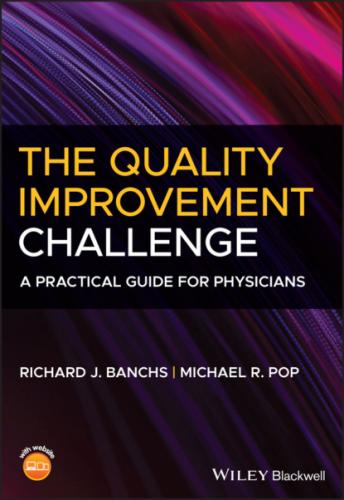The Quality Improvement Challenge. Richard J. Banchs
Focus your choice. Evaluate and prioritize the remaining potential projects. Use the Project Selection Criteria or a Project Selection Matrix; Once you have selected a project, plan how you are going to get the necessary support and resources. Write a brief summary of the problem to validate the potential project.
FIGURE 3‐2 Project selection steps.
Be careful not to “bite off more than you can chew.” It is generally better to do two or three projects really well rather than to focus on the total number of projects completed. The goal of a QI initiative is not to do projects but to improve processes. Be patient – worthwhile QI projects take time to properly complete.
Once you have selected your QI project, you should have the following:
A defined and agreed on aim/purpose that is related up and down the organization via metrics;
A focused problem statement that is clear and easy to understand, and that accurately describes the gap in performance;
A competent team leader and team members who want and have the motivation to improve; and
An engaged leader with the authority and willingness to support the QI initiative.
See these requirements in the next chapters.
THE PROJECT SELECTION MATRIX: A TOOL TO PRIORITIZE QI PROJECTS
The Project Selection Matrix is a tool that combines project selection criteria with weighted scores used to prioritize the most relevant projects.
In this example we use a Project Selection Matrix to compare two projects. The Project Selection Matrix uses four columns to assess each project:
1 Column A: Project Criteria. List general project selection criteria that are important for your projects and organization.
2 Column B: Priority Score. List the numeric values assigned to each criterion. These values are assigned by senior leadership, mid‐level leaders, or the QI team to highlight the most relevant requirements for the projects. Use a scale from 1 to 10, with 1 being assigned to the criterion you have decided is least importance and 10 to the criterion with the highest relevance.
3 Column C: Correlation Score. Evaluate the correlation of each project against each of the criterion. Use a scale of 1 to 10, where 1 has the weakest match with the proposed criterion and 10 is assigned to the criterion that best matches the project characteristics. Starting out, it may be easier to use a simpler and cleaner approach, using a scale of 0, 3, 5, and 9 so that it is easier to discern between projects with 0 = no relationship, 3 = weak relationship, 5 = moderate relationship, 9 = strong relationship.
4 Column D: Product Score. This is the calculated numerical value or weighted score derived from multiplying column B (Priority Score) by column C (Correlation Score).
Complete the process for each criterion. Add all the weighted scores to calculate the total score. Repeat for each project. Select the project with the highest total score. Be careful to not get caught up in making sure we have the “perfect” score! See an example of a Project Selection Matrix template in Table 3‐1.
TABLE 3‐1 Template for a Project Selection Matrix
| Project Selection Matrix | ||||||
|---|---|---|---|---|---|---|
| Column A Project Criteria | Project A | Project B | ||||
| Column B Priority Score | Column C Correlation Score | Column D Product Score | Column B Priority Score | Column C Correlation Score | Column D Product Score | |
| The project relates via metrics to goals of the organization. | ||||||
| The project is supported by senior and local leadership. | ||||||
| The project has defined goals and a narrow scope. | ||||||
| The project will improve patient safety. | ||||||
| The project will improve efficiency and patient flow. | ||||||
| The project aims to decrease operational costs. | ||||||
| The project will improve patient experience. | ||||||
| Frontline stakeholders will support the project. | ||||||
| The project can be completed in less than six months. | ||||||
| The project will not interfere with ongoing QI initiatives. | ||||||
| TOTAL SCORE | ||||||
A PROJECT TYPE FOR EVERY PROBLEM
Project strategy and resource requirements vary according to the specific type of project that is undertaken. While all projects follow the principles of improvement described in previous pages, not all projects require the same
